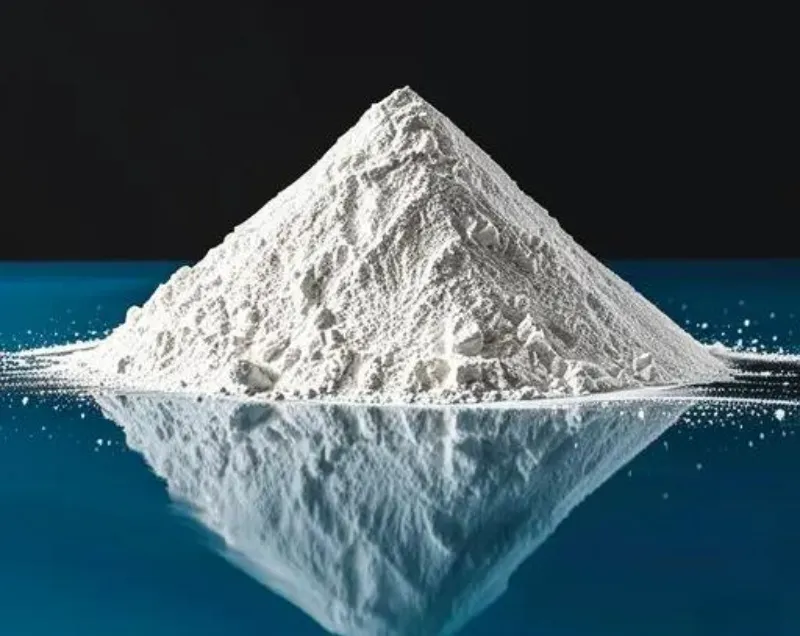Calcium carbonate (CaCO₃), a common inorganic compound, has long been widely used as a filler, especially in industries like plastics, coatings, papermaking, and rubber. Due to its good chemical stability, low cost, and easy availability, the role of calcium carbonate as a filler has been highly regarded. However, with advances in technology and the evolving demand for new materials, calcium carbonate’s functionality has gradually improved, completing a glamorous transformation from a simple filler to a high-performance functional material.
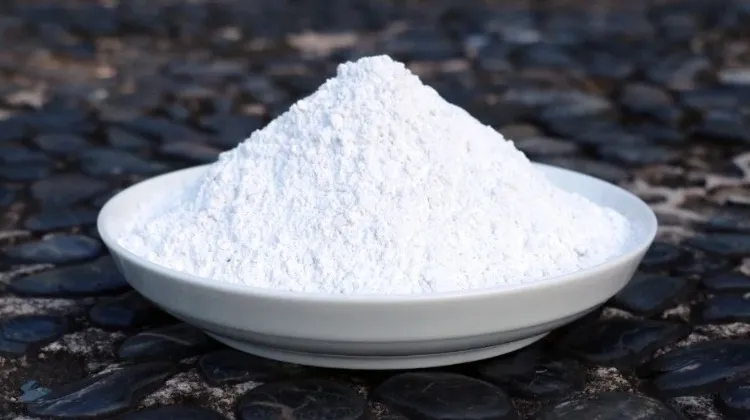
The Transformation from Filler to Functional Material
In traditional applications, calcium carbonate mainly served as a filler in products such as plastics and coatings. Its main role was to increase volume and reduce cost. However, with rising material performance demands, calcium carbonate’s role began to change. It was no longer just a filler; it started enhancing other product properties and even replacing some expensive functional materials.
Through refined processing and continuous surface modification technologies, the application of calcium carbonate gradually shifted towards functionality. For example, ultra-fine calcium carbonate can strengthen, toughen, and improve the flow properties of plastics. It not only enhances the mechanical properties of plastics but also reduces brittleness and processing difficulty. Surface-modified calcium carbonate is better compatible with various polymers, enhancing the heat resistance, aging resistance, and other properties of plastics, providing them with more functions.
The Functional Application of Calcium Carbonate in Plastics
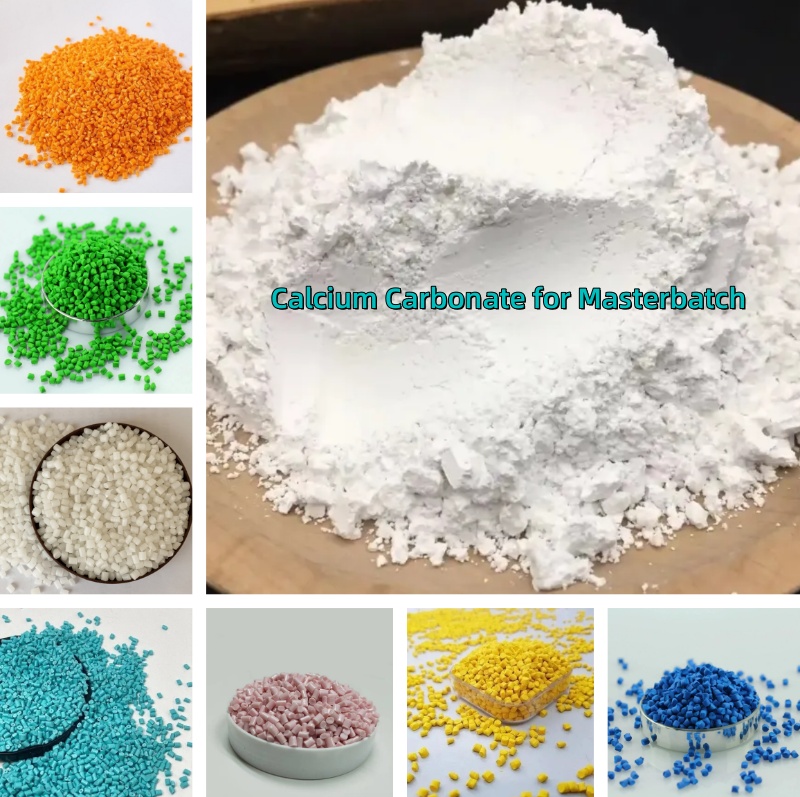
After ultra-fine processing, calcium carbonate’s particle surface has a larger specific surface area, significantly improving the tensile strength, bending strength, and impact toughness of plastics. Adding appropriate amounts of ultra-fine calcium carbonate to polypropylene, polyethylene, and other plastics can greatly enhance their mechanical properties. This is especially noticeable in high-strength plastic products like automotive parts and household appliance casings.
Improving Processing Performance of Plastics
When used as a filler, calcium carbonate powder effectively reduces plastic viscosity, improving its flowability and processability. This makes extrusion, injection molding, and other processing operations smoother. Additionally, adding calcium carbonate helps lower processing temperatures, reducing energy consumption.
Improving Heat Resistance and Aging Resistance
Surface-modified calcium carbonate has excellent heat resistance and UV resistance, making it suitable for outdoor products and building materials that require high-temperature resistance and aging resistance. The addition of calcium carbonate slows down the aging process of plastics, extending their service life.
Improving Transparency and Surface Gloss
Nano-scale calcium carbonate has excellent dispersibility in transparent plastics. It enhances the surface gloss and transparency of plastics, especially in the production of transparent packaging materials and films. Nano calcium carbonate plays an important role here.
Functional Applications of Calcium Carbonate in Coatings
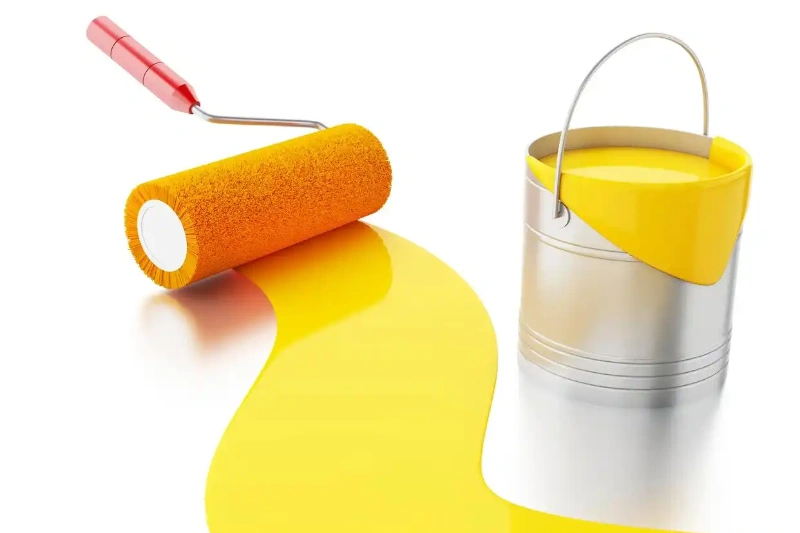
Calcium carbonate has moved beyond just being a filler to becoming a functional material in coatings. Ultra-fine calcium carbonate improves the covering power, smoothness, hardness, abrasion resistance, and corrosion resistance of coatings.
Improving Coating Coverage
Ultra-fine calcium carbonate as a filler in coatings can significantly improve the coating’s covering power, making the coating more uniform and smooth. This helps avoid color differences caused by uneven application.
Enhancing Coating Durability
Calcium carbonate’s particles have good hardness, which enhances the coating’s abrasion resistance, reducing wear and making the coating more durable. This is particularly important in automotive coatings and building coatings.
Improving Coating Flowability
Surface-modified calcium carbonate improves the flowability of coatings, ensuring a more uniform and smoother application during spraying or brushing. This improves construction efficiency.
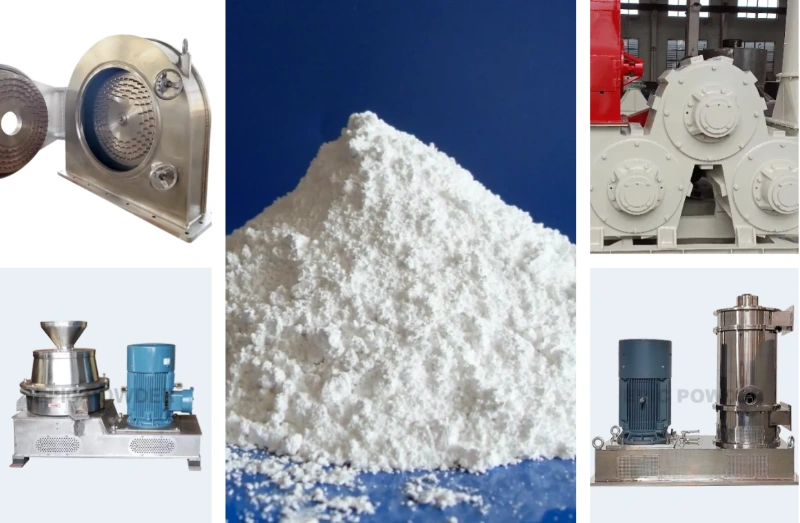
Functional Applications of Calcium Carbonate in Rubber and Paper
Calcium carbonate is gradually transforming from a traditional filler to a functional material in the rubber and paper industries as well.
Applications in Rubber
In rubber products, adding calcium carbonate can improve hardness, tensile strength, and wear resistance. It enhances the processing performance of rubber and reduces production costs. In particular, calcium carbonate’s functional applications in rubber products such as tires and automotive seals have shown remarkable results.
Applications in Paper
Calcium carbonate has long been used as a filler in paper production. Its addition improves paper gloss, whiteness, and strength. Through refined processing of calcium carbonate, the quality of paper has been significantly enhanced.
Epic Powder
With the continuous development of new technologies, calcium carbonate’s functionality will be further enhanced. Through methods like nanomaterials, surface modification, and composite technology, the application of calcium carbonate will expand to more fields. The potential in high-end materials and environmentally friendly materials is especially vast.
In conclusion, the glamorous transformation of calcium carbonate is evident in its use in traditional filler applications and in functional materials. With advancements in technology, especially in grinding and surface modification equipment from Epic Powder, calcium carbonate’s potential is being fully unlocked. As the demand for functional and intelligent materials grows, Epic Powder’s cutting-edge powder processing solutions will enhance calcium carbonate’s versatility. This will allow it to play a key role in a broader range of industries. Calcium carbonate is set to become an indispensable material in the future.
